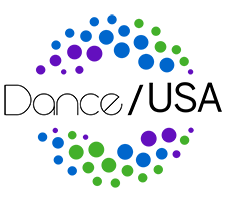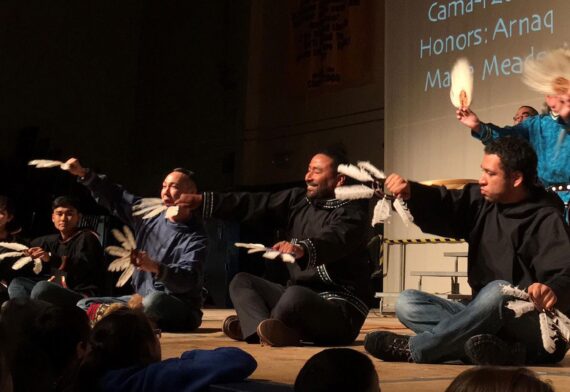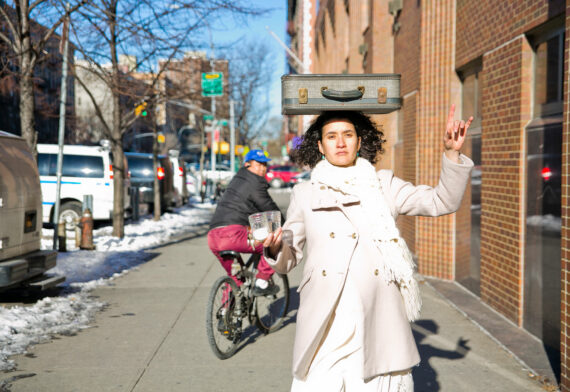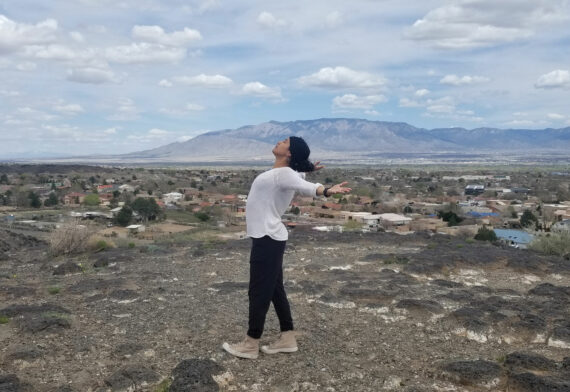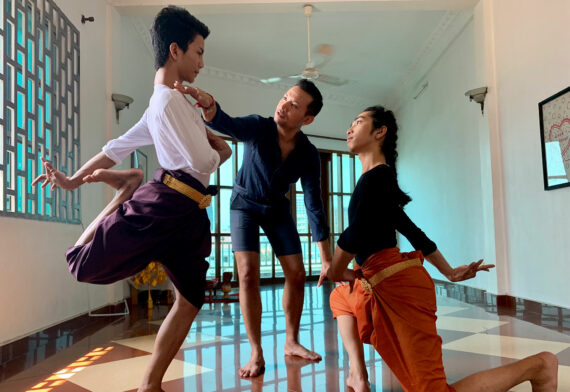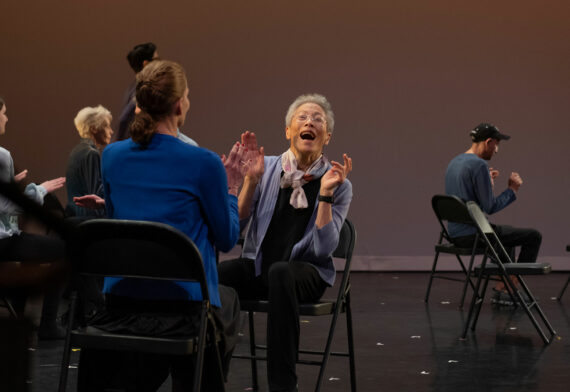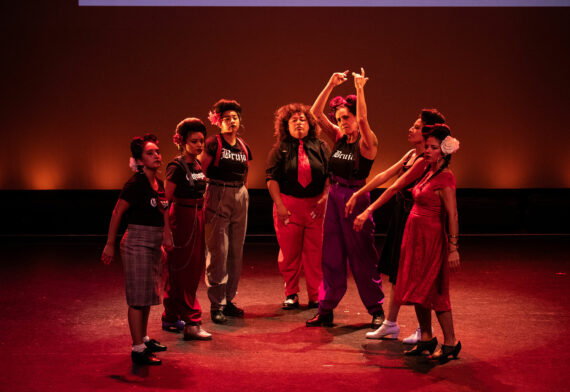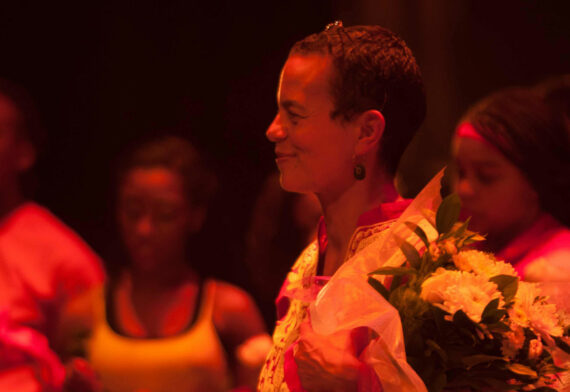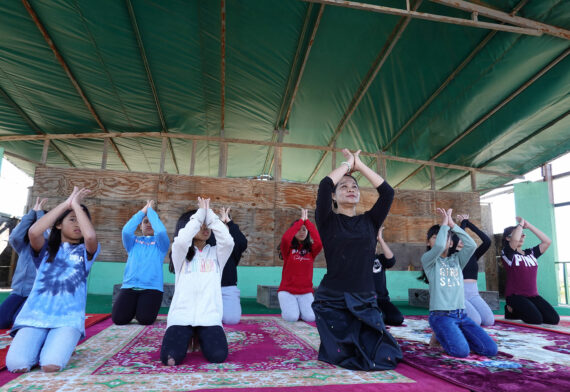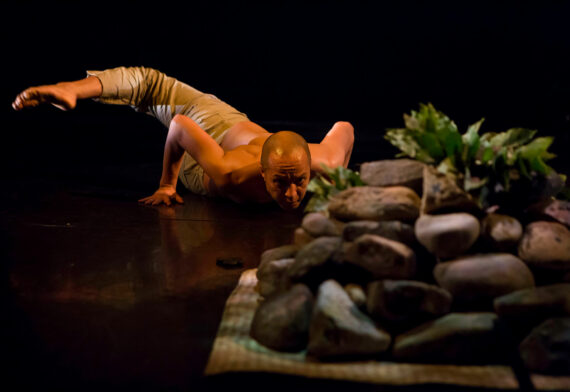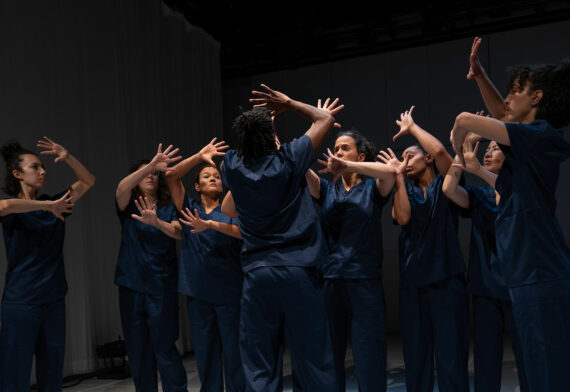Native Dance Now: Body and Spirit
For Indigenous dancers, the physical body through movement, song and dance can be a conduit to express their ancestral genealogy.
How We Build
Holly Bass, Deneane Richburg and Paloma McGregor mine personal stories to convey the complexity of the Black diaspora with choreography that calls us to listen.
Compartiendo Historias
José Navarrete and Yvonne Montoya use community collaboration to bring visibility to Latinx performers and foster social change.
Leading With Love
Choreographers Sean Dorsey, Patrick Makuakāne, and Prumsodun Ok amplify what tradition bearing means for an evolving dance field.
‘All of Us Are Dancers’
Dancemakers Naomi Goldberg Haas, Allison Orr and Pamela Quinn blur lines between abstract dance and
socially engaged creative practice, bringing dance to various populations.
Dance Is the Weapon for Social Justice
Vanessa Sanchez, Danys “La Mora” Pérez, and Ana María Alvarez root their dances in the rhythms of the African Diaspora.
Justice in the Movement
Robert Gilliam, Sarah Crowell, and MurdaMommy use dance to tap into the potential of young people and accelerate the world toward justice.
Community Builders: Transmission and Legacies of Immigrant American Artists
Immigrant artists are culture-bearers. They dedicate their lives to teaching and creating works of significant artistic and cultural value while building consequential communities in their adopted country.
‘What Are You?’ Dancemaking and the Hyphenated Other
Otherness is pernicious in the dance world. Three artists with indigenous or immigrant perspectives embrace, push against and integrate their identities with social consciousness.
Choreographing Disability Justice
In the Disability Arts Movement, a growing field of artists produce exciting and probing work, among them are Atlanta’s Laurel Lawson and San Francisco Bay Area’s Antoine Hunter.
- 1
- 2
